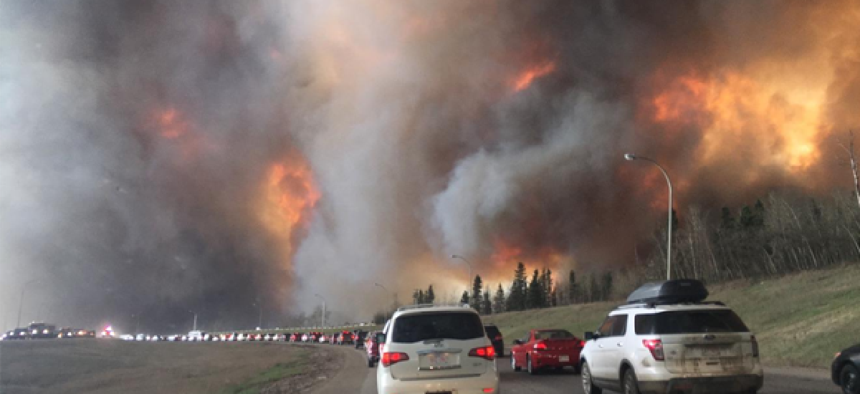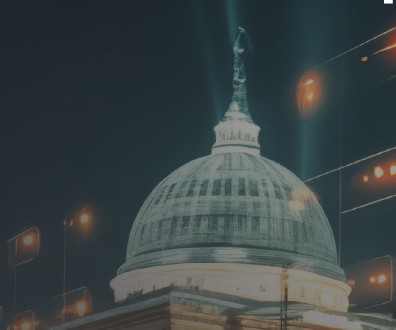Emergency apps fail real-world user-centered design test

After analyzing tweets from a wildfire evacuation, researchers found only six of the top 40 concerns were addressed by existing apps.
When first responders are overwhelmed by an emergency and people are panicked and desperate, it is increasingly vital that victims can get information they need via their smartphones. Unfortunately, emergency apps often don't provide what people tend to ask for, according to software engineers at the University of Calgary.
The researchers analyzed nearly 70,000 tweets sent by 88,000 people escaping the May 2016 Fort McMurray wildfire that spread over 1.5 million acres in Alberta, Canada, before it was contained. By studying what they called "the crisis’ unofficial emergency broadcast system," the researchers found that the most pressing needs and questions failed to match up with services and answers available in smartphone software.
“We found that up to 80 percent of the features people are looking for aren’t accommodated right now," explained lead researcher Maleknaz Nayebi. "There are 26 apps for wildfires in North America and Australia, for example, but they don’t have the features people really want.”
To determine what the services evacuees requested during the Fort McMurray wildfire, the team designed a program called Mining APp FEAtures from Tweets (MAPFEAT) that combed through 69,680 unique tweets from May 2 to May 7, 2016, and then matched the most frequent questions with features provided by existing mobile apps.
Based on MAPFEAT’s crowdsourced analysis and follow-up studies with the general public, the top 10 features evacuees asked for were:
- Fire alarm notification
- Food and water resources
- Emergency maintenance service
- Ability to send emergency text messages
- Safety guidelines
- Fire and safeness warnings
- One-tap ambulance request
- Nearest gas station locater
- Emergency zones maps
- Medical center locater
Whether it was questions about the availability of food, shelter, fuel or the proximity of danger, the researchers found only six of the top 40 concerns were addressed by existing apps, and not a single item in the top 10 was covered.
Now that MAPFEAT can show what people really want to know in a mass emergency, the researchers hope public information apps can be updated to address the needs of a panicked population by providing useful information.
“That is a fundamental problem in all software development -- to try and understand the user needs is always difficult,” said Guenther Ruhe, one of the researchers. “That’s why this is such a smart idea, because from social media you get basically all the information you need to solve this problem.”






